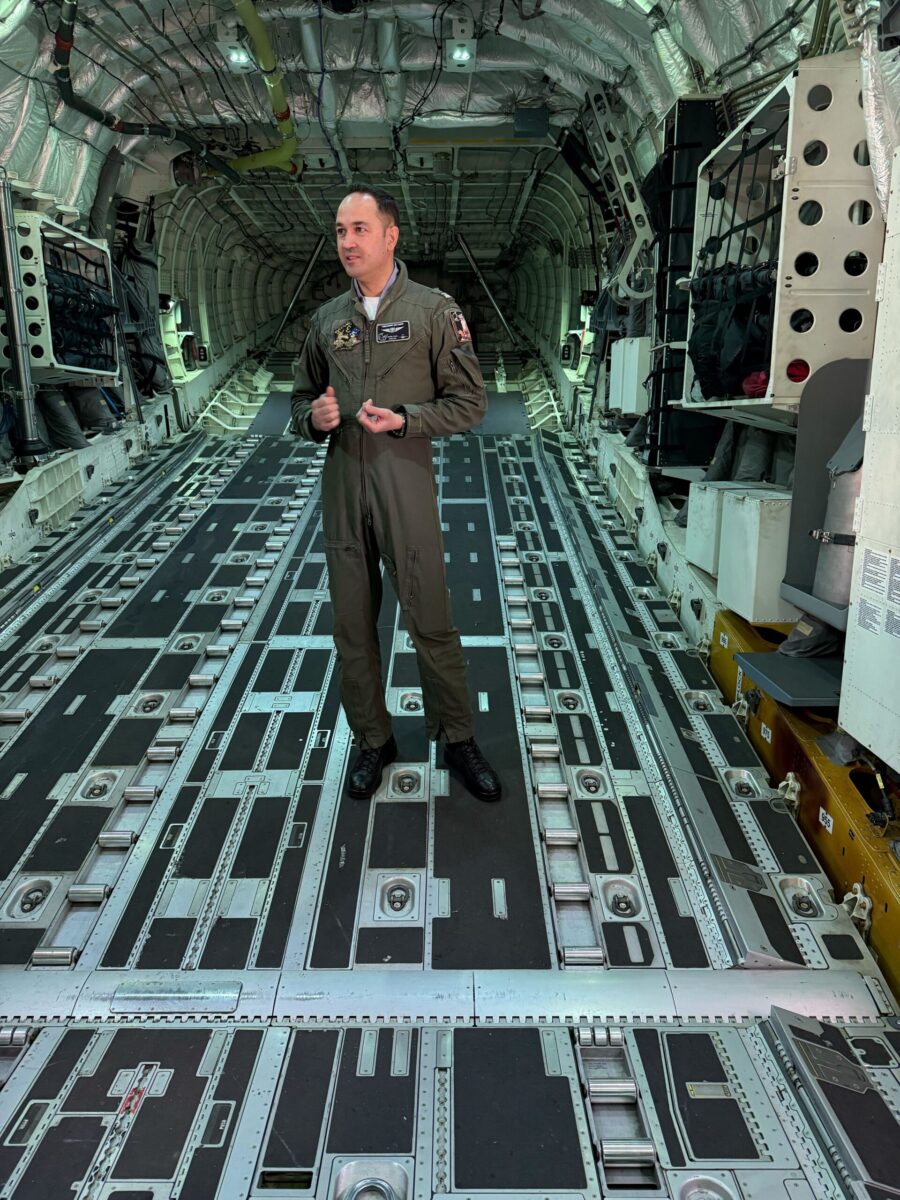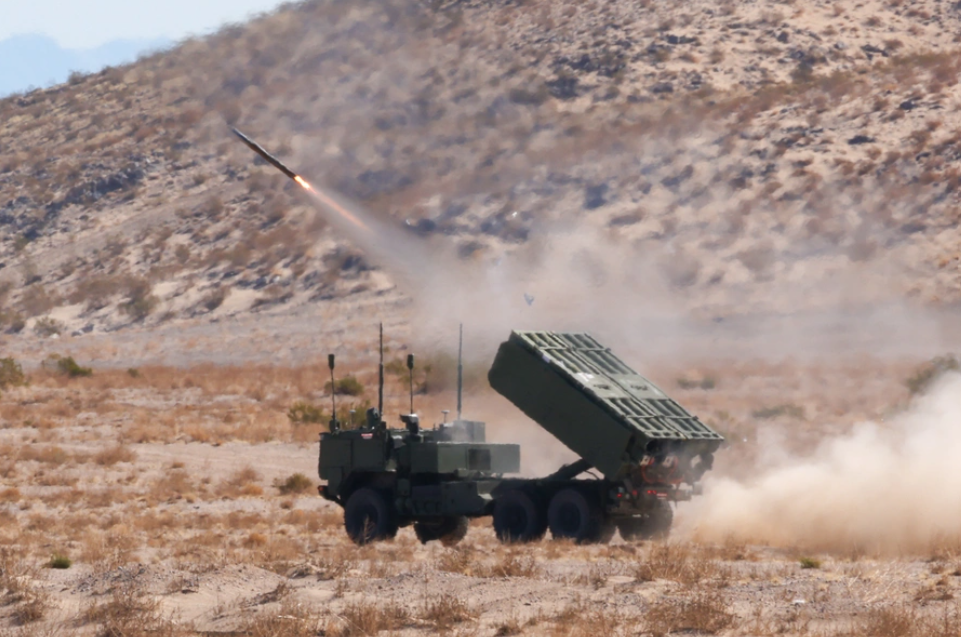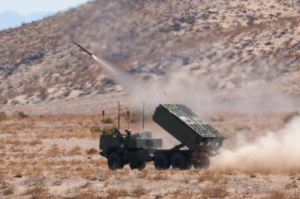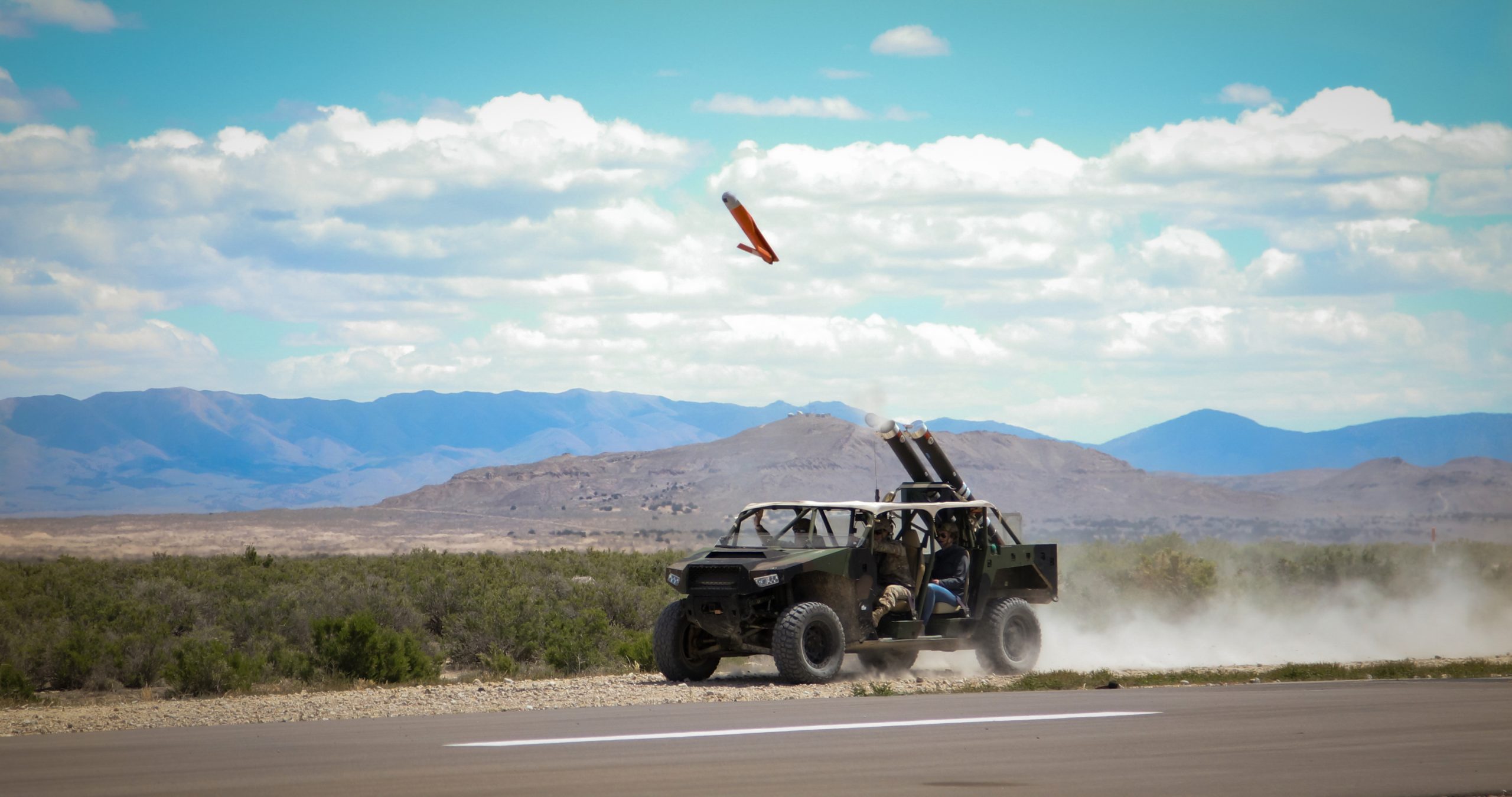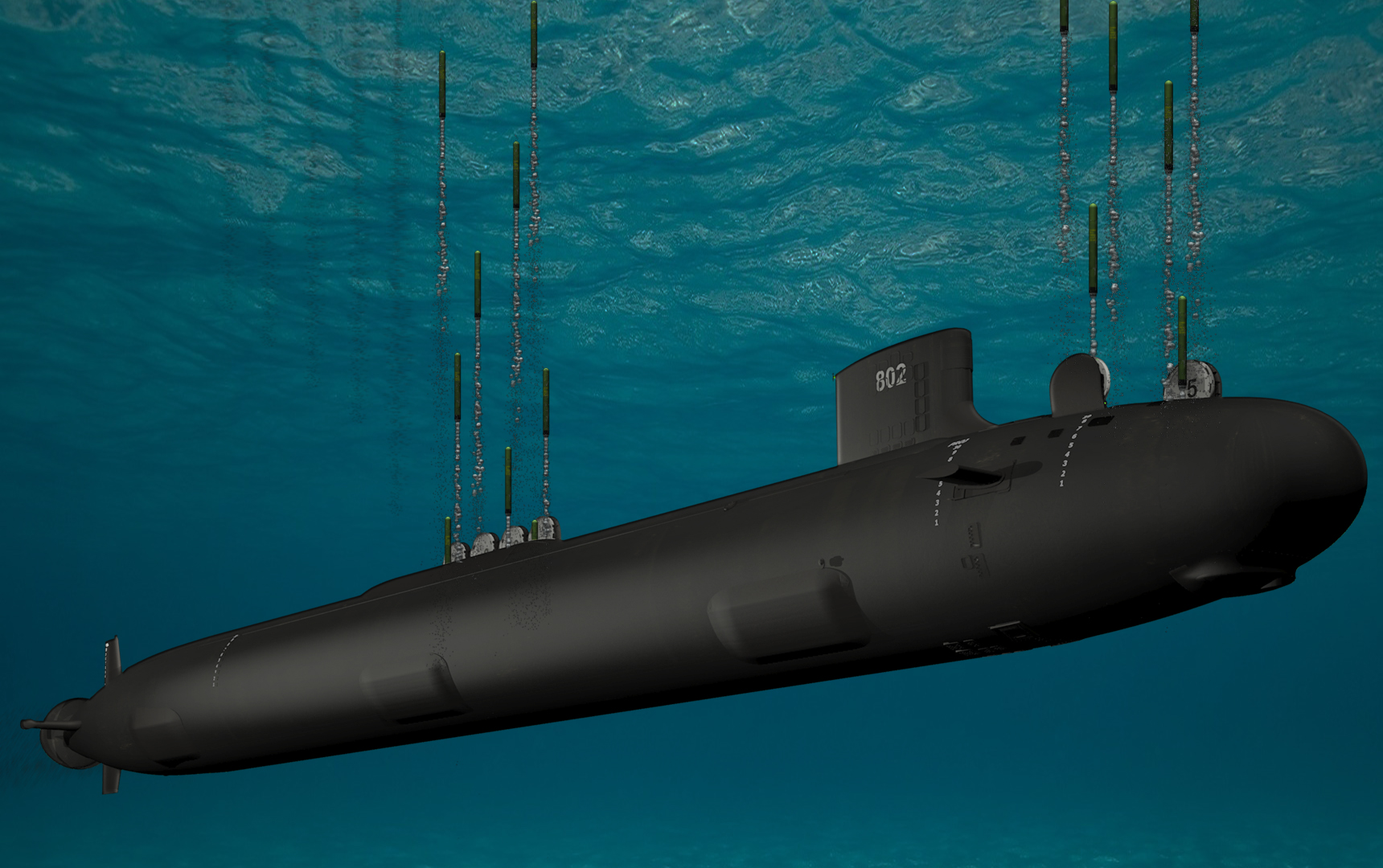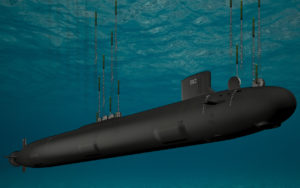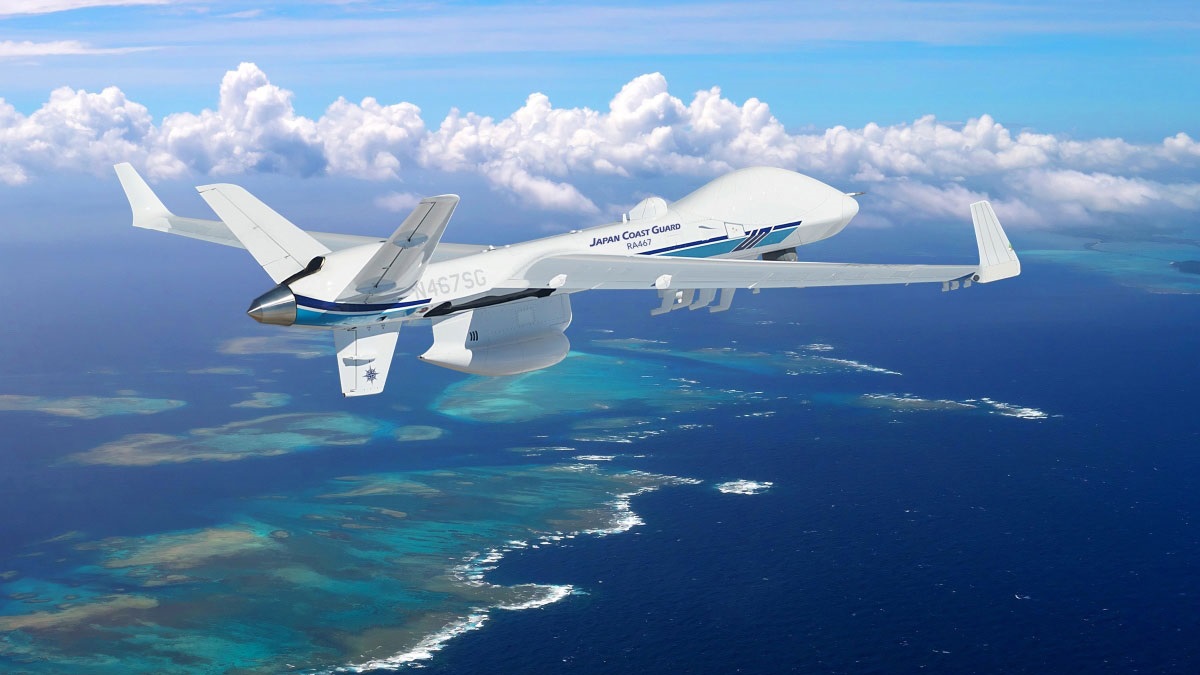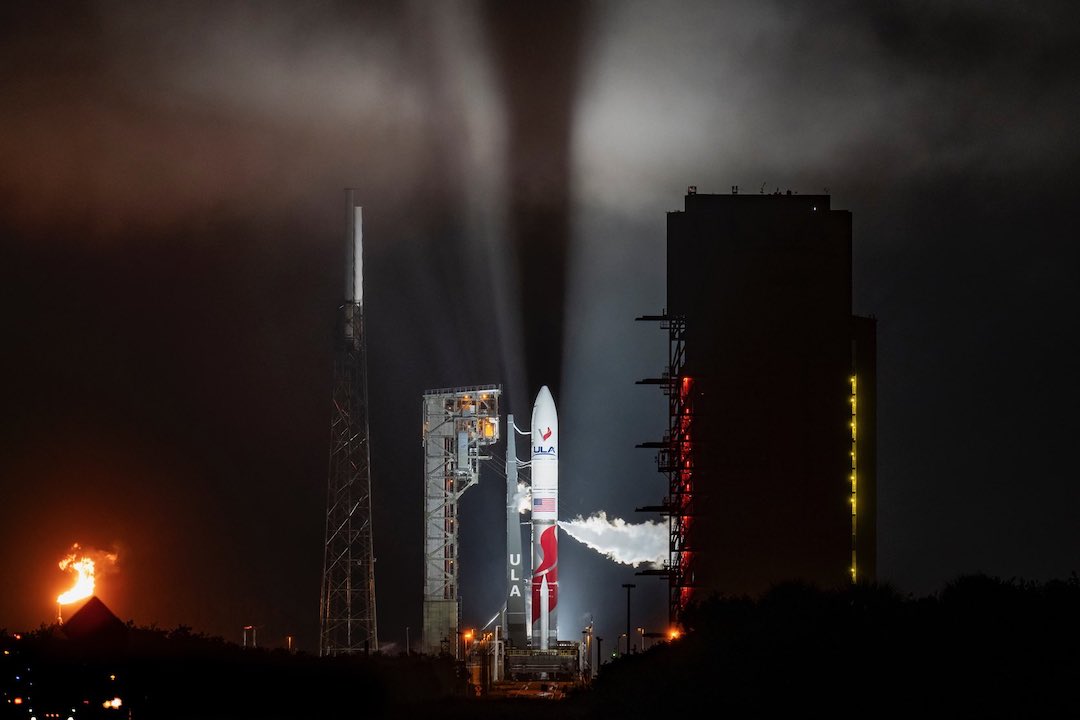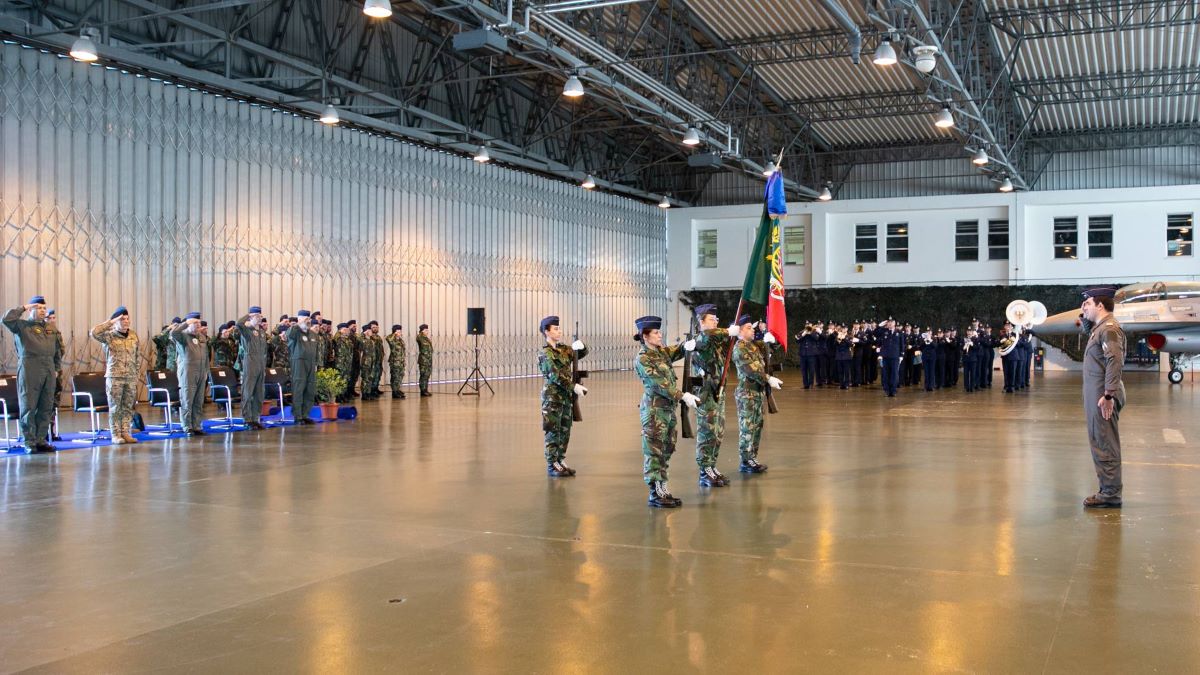If confirmed as secretary of the Air Force, Troy Meink will undertake a review of the service’s modernization and readiness needs and costs, he told a Senate panel on Thursday.
The Air Force is modernizing or assessing modernization needs across its core mission areas, including fighter aircraft, and the bomber and ICBM legs of the nuclear triad, so “One of the first things I plan to do is take a holistic look at all of the modernization and all the readiness bills that we have coming, and then I will put together and advocate for what resources I think are necessary to execute all of those missions,” Meink told the Senate Armed Services Committee during his confirmation hearing.
The review will look at the numbers of platforms the Air Force needs and how fast they are needed to support active duty and reserve units, Meink said. The review will include the planned number of fighter aircraft versus overall requirements, and the resources to acquire F-35 fighters, maintain fourth generation fighters like the F-15E, and transition to the Next Generation Air Dominance (NGAD) manned fighter and related unmanned systems, he said.
Meink said his review with Air Force leaders would include the number of B-21s needed. The current program calls for 100 of the stealth bombers, which are in low-rate production by Northrop Grumman [NOC], although U.S. Strategic Command has signaled a need for 145 of the aircraft.
“I understand the B-21 program is currently meeting its goals, we should look carefully at the total numbers of the long-term bomber force, comprised of B-21s and modernized B-52s,” he wrote.
Meink said he has not received a detailed briefing yet on NGAD but said it will be a focus area of his, noting that the unmanned Collaborative Combat Aircraft and other unmanned systems, and the “integration of those different type of platforms with ISR and other capabilities” will be required to deter aggressors.
The Air Force last week selected Boeing [BA] to develop and build the F-47, which is the manned NGAD (Defense Daily, March 21).
As for fourth generation aircraft, Meink told the committee in written responses to policy questions before the hearing that these fighters will be important “in all but the densest and most advanced threat environments around the world.” The closer the threat gets to China, fifth generation fighters become more important, he wrote.
Still as fourth generation aircraft age and newer fighters are produced, the continual shift to fifth generation fighters will be necessary as threats grow, and to “efficiently and effectively manage readiness and sustainment over the coming decades,” he wrote.
Asked ahead of the hearing about the current size, structure and resourcing of the Air Force, Meink answered that based on “open-source reporting,” the service is smaller and older than it has ever been, highlighting his concern with some fleets having mission capable rates of about 50 percent. Meink will work with Congress to fill any shortfalls, he wrote.
Meink also in his advance answers outlined three significant challenges he would face as Air Force secretary. “First is the need for resilient space architectures,” which includes leveraging commercial industry “as much as possible, buying what we can and only building what we absolutely must,” he wrote.
Currently deputy director of the National Reconnaissance Office (NRO), which builds and operates high-end remote sensing satellites and acquires imagery and sensing data from commercial providers, Meink told the panel he expects commercial space companies will continue to play a growing role, adding he will take lessons learned from his NRO role to the Air Force if confirmed.
“Widely proliferated space capabilities that leverage commercial industry deny our adversaries any ‘first-mover’ advantage and thus have a deterrent effect on conflict in the space domain,” he wrote.
The second challenge facing the Air Force is “auditability,” Meink said. Here, Meink said he would rely on his experience at NRO and the use of artificial intelligence to strengthen controls.
Maintaining the Air Force’s technological edge over near-peer adversaries is the third challenge, he cited. This requires shortening acquisition cycles and prioritizing resources against the biggest threats, he wrote.

